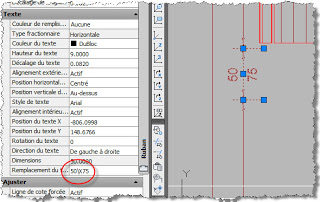CATIA (Computer Aided Three-dimensional Interactive Application) is a multi-platform CAD/CAM/CAE commercial software suite developed by the French company Dassault Systemes.
Commonly referred to as a 3D Product Lifecycle Management software suite, CATIA supports multiple stages of product development (CAx), from conceptualization, design (CAD), manufacturing (CAM), and engineering (CAE). CATIA facilitates collaborative engineering across disciplines, including surfacing & shape design, mechanical engineering, equipment and systems engineering.
So, how do we go from CATIA to Revit / 3dsMax?
A couple of videos for this workflow were recently posted to Rethinking BIM here. One method seems to go Catia to IGS to Rhino to SAT to Revit. Embedded below:




